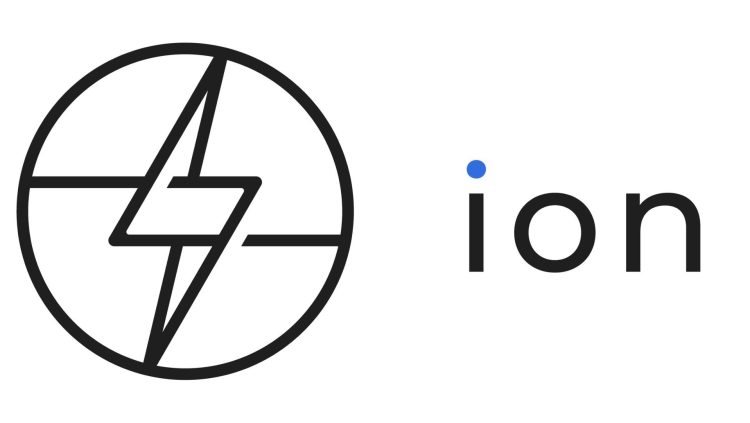The field of software engineering is full of many strenuous tasks, such as planning, designing, testing, and producing and maintaining well-written code. However, developers may incur a lot of time turning a designer’s blueprints into code, which may be expensive for an IT company. Samuel Barnholdt, a dignified software engineer, has proposed a unique solution to merge the world of designers and coders by easing the time restraints of coding.
Samuel went to Uppsala University, a first-class school in Sweden dedicated to scientific research. He graduated in 2020 with a bachelor’s degree in computer science but continued his lifelong learning journey. He enveloped himself with a variety of JavaScript-based frameworks, such as MongoDB, React, and TypeScript.
His technical adventure led him to Portally, a Swedish proptech startup focused on landlords and the rental process. The company’s goal was to establish an easy and convenient way for tenants and landlords to communicate with each other. The landholders could suggest locations through a chat interface, and residents could review them and choose the one they wanted. It was the first service of its kind to reverse the leasing procedure with the assistance of artificial intelligence.
 Samuel was responsible for officially launching the website alongside the program’s chief operating officer. Rising from zero users to being Sweden’s most notorious digital landlord network, Portally was nominated twice as a finalist for the Nordic Proptech Awards. Additionally, the majority of Sweden’s largest real estate enterprises used the facility because of its ease of use.
Samuel was responsible for officially launching the website alongside the program’s chief operating officer. Rising from zero users to being Sweden’s most notorious digital landlord network, Portally was nominated twice as a finalist for the Nordic Proptech Awards. Additionally, the majority of Sweden’s largest real estate enterprises used the facility because of its ease of use.
Barnholdt watched Portally rise from the bottom to the top in a matter of years because of his technical expertise. Part of his IT duties involved operating the company’s servers, regularly improving the platform, and guiding the engineering team. He supervised his group with the COO and directed the design and development process of the whole ordeal. He was responsible for implementing the product and technical roadmaps, making sure everyone was on track.
From his work at Portally, Samuel realized the huge potential of innovation in the tech industry. He built the platform from the ground up and revolutionized the leasing process. Similarly, inventive solutions can impact their respective sectors. This notion pushed him to reinvent the role of client-end coders with his latest conception: Ion Design.
Barnholdt witnessed errors between the vision and the final product, so he co-founded Ion Design as a resolution for the bridge separating the back-end and front-end engineers. He desired to fix the issue of coders taking too much time and energy to produce code from a blueprint.
He streamlined the design process. He used code generation technology to convert a digital sketch into working code. With his ingenuity, front-end engineers can prioritize other aspects of applications, such as enhancing the user interface and implementing special features. This experience can foster better collaboration between the front-end and the back-end.
As he continues to push the boundaries at Ion Design, Barnholdt will see what other innovations he can bring to the world of software engineering.
Author: Terrance Dickenson





